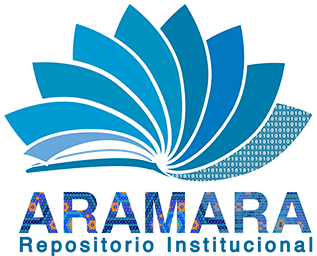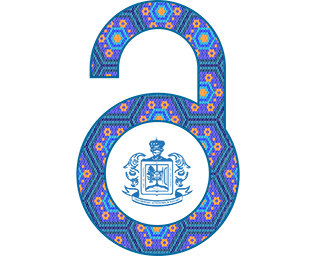Por favor, use este identificador para citar o enlazar este ítem:
http://dspace.uan.mx:8080/jspui/handle/123456789/2511Registro completo de metadatos
| Campo DC | Valor | Lengua/Idioma |
|---|---|---|
| dc.contributor.advisor | RIVAS GUTIÉRREZ, RAFAEL | - |
| dc.contributor.author | MOIR MÉNDEZ, RICARDO DANIEL | - |
| dc.creator | 0,0 | es_ES |
| dc.date.accessioned | 2025-02-21T18:27:58Z | - |
| dc.date.available | 2025-02-21T18:27:58Z | - |
| dc.date.issued | 2023-07 | - |
| dc.identifier.uri | http://dspace.uan.mx:8080/jspui/handle/123456789/2511 | - |
| dc.description | The three articles address different aspects of orthodontics. The first one explores the use of artificial intelligence and machine learning in orthodontic diagnosis, planning and treatment, highlighting their potential to improve patient care and quality of life. The second one investigates the relationship between the lip profile and the need for tooth extractions, concluding that the distance from the lip to the E line is a key factor in treatment planning, although the nasolabial angle does not present significant differences. The third one analyses the association between skeletal classes I and II with the severity of dental crowding, finding that the higher the ANB angle value, the greater the crowding, suggesting that skeletal malocclusion should be considered in orthodontic treatment planning. | es_ES |
| dc.description.abstract | Los tres artículos abordan distintos aspectos de la ortodoncia. El primero explora el uso de la inteligencia artificial y el machine learning en el diagnóstico, planificación y tratamiento ortodóncico, destacando su potencial para mejorar la atención y calidad de vida de los pacientes. El segundo investiga la relación entre el perfil labial y la necesidad de extracciones dentales, concluyendo que la distancia del labio a la línea E es un factor clave en la planificación del tratamiento, aunque el ángulo nasolabial no presenta diferencias significativas. El tercero analiza la asociación entre las clases esqueletales I y II con la severidad del apiñamiento dental, encontrando que a mayor valor del ángulo ANB, mayor es el apiñamiento, lo que sugiere que la maloclusión esquelética debe considerarse en la planificación del tratamiento ortodóncico. | es_ES |
| dc.language.iso | spa | es_ES |
| dc.publisher | Universidad Autónoma de Nayarit | es_ES |
| dc.relation.uri | Público en general | es_ES |
| dc.rights | info:eu-repo/semantics/openAccess | es_ES |
| dc.rights.uri | http://creativecommons.org/licenses/cc-by-nc-sa | es_ES |
| dc.subject | Inteligencia Artificial | es_ES |
| dc.subject | Ortodoncia | es_ES |
| dc.subject | Extracción dental | es_ES |
| dc.subject | Estética dental | es_ES |
| dc.subject | Ángulo nasolabial | es_ES |
| dc.subject | Oclusión Dental | es_ES |
| dc.subject | Radiografía Dental | es_ES |
| dc.subject.classification | MEDICINA Y CIENCIAS DE LA SALUD [3] | es_ES |
| dc.title | INTELIGENCIA ARTIFICIAL Y ORTODONCIA | es_ES |
| dc.type | info:eu-repo/semantics/masterThesis | es_ES |
| Aparece en las colecciones: | Especialidad en Ortodoncia | |
Ficheros en este ítem:
| Fichero | Descripción | Tamaño | Formato | |
|---|---|---|---|---|
| moir_mendez_trt.pdf | TRABAJO RECEPCIONAL POR PRODUCCIÓN CIENTÍFICA QUE PARA OBTENER EL DIPLOMA DE ESPECIALIDAD EN ORTODONCIA | 1.98 MB | Adobe PDF | Visualizar/Abrir |
Los ítems de DSpace están protegidos por copyright, con todos los derechos reservados, a menos que se indique lo contrario.








